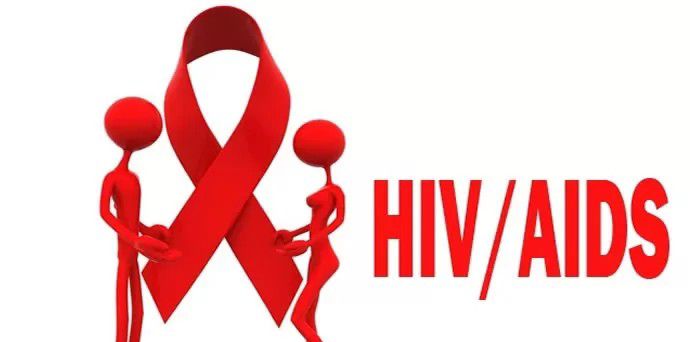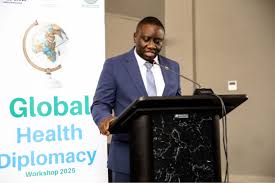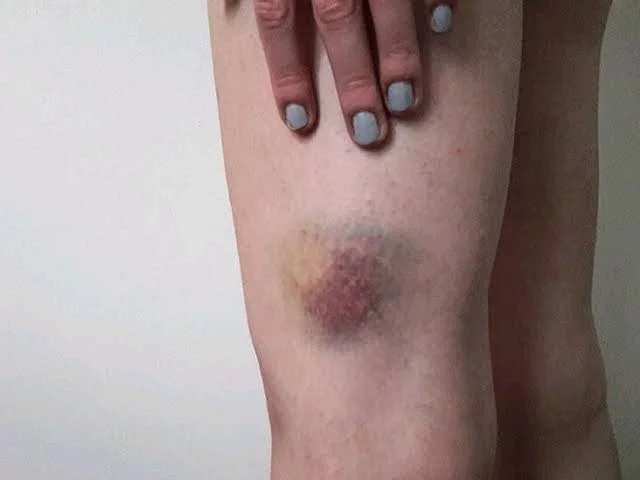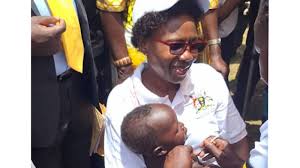In a move that has stunned global health experts, the U.S. State Department has suspended funding from the President’s Emergency Plan for AIDS Relief (PEPFAR) for at least 90 days, casting a shadow over one of the most successful public health programs in modern history.
Launched in 2003, PEPFAR has been instrumental in turning the tide against HIV/AIDS worldwide, particularly in Sub-Saharan Africa — the region hardest hit by the epidemic.
The program has provided lifesaving antiretroviral treatment to more than 20 million people, supported prevention campaigns, and trained thousands of healthcare workers.
But with this funding pause, progress is now at risk.
Sub-Saharan Africa remains the global epicenter of HIV/AIDS, accounting for two-thirds of all people living with HIV. Millions are still infected each year, stretching fragile healthcare systems to their limits and leaving families devastated.
While South Africa has the highest total number of HIV-positive individuals — an estimated 7.7 million people in 2023 — it is the tiny kingdom of Eswatini that bears the heaviest prevalence burden, with nearly 26% of its population living with HIV.
Top 10 African Countries by Number of People Living with HIV (2023)
Rank Country Estimated People Living with HIV
1 South Africa 7,700,000
2 Mozambique 2,400,000
3 Nigeria 1,700,000
4 Uganda 1,500,000
5 Kenya 1,400,000
6 Zambia 1,300,000
7 Zimbabwe 1,300,000
8 Malawi 980,000
9 Ethiopia 610,000
10 Democratic Republic of Congo 520,000
These numbers underscore the scale of the challenge and why PEPFAR’s continued funding is so crucial to keeping treatment programs operational and preventing new infections.
HIV/AIDS remains one of the leading causes of death across Africa, accounting for roughly 5.6% of all deaths in 2023.
“PEPFAR is not just about funding — it’s a lifeline,” said Dr. Lydia Katende, a Ugandan HIV specialist. “Without consistent access to antiretroviral drugs, patients risk developing drug resistance, increasing their chances of transmitting the virus and undermining two decades of progress.”
Interruptions in treatment, even for a few weeks, can reverse years of global investment.
The U.S. has insisted that the suspension is temporary, but global health leaders are urging Washington to act quickly to avoid a humanitarian disaster. The timing is particularly sensitive as world leaders prepare to convene at the United Nations General Assembly this week, where global health and pandemic preparedness are expected to be major topics.
Several African governments have expressed concern, with some exploring alternative funding sources through partnerships with the Global Fund, UNAIDS, and private donors.
Health economists warn that a prolonged funding freeze could:
Trigger medication stock-outs in high-burden countries within months.
Overwhelm under-resourced health systems already strained by malaria, tuberculosis, and COVID-19 aftershocks.
Reverse declining infection rates, setting back progress toward the UNAIDS goal of ending AIDS as a public health threat by 2030.
“The fight against HIV/AIDS is at a crossroads,” said UNAIDS Executive Director Winnie Byanyima. “We either act with urgency and restore funding, or we risk an avoidable wave of illness and death.”
Africa’s HIV crisis is far from over. While major strides have been made in treatment access and prevention, the U.S. decision to suspend PEPFAR funding has created a precarious situation. Without swift action to resume support, millions could face treatment disruptions, and the continent risks losing hard-won gains in the battle against HIV/AIDS.
The next 90 days will be critical — not just for Africa, but for the global fight to keep HIV/AIDS under control.



